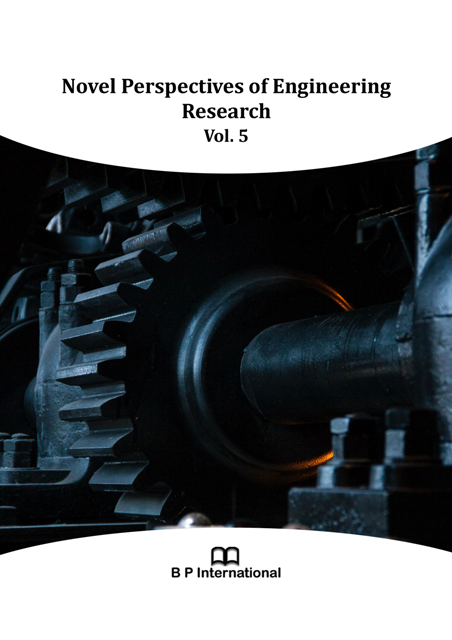Monitoring the Respiratory Rate in the Premature Newborn by Analyzing Thermal Images
Novel Perspectives of Engineering Research Vol. 5,
4 January 2022
,
Page 129-143
https://doi.org/10.9734/bpi/nper/v5/2261C
Abstract
In this paper we study the possibility of applying a non-invasive technique in monitoring respiratory rate in premature babies. At this time the systems used to monitor respiration in the new-born are difficult to use and do not provide satisfactory results. The objectives of this paper are represented by the use of thermographic technique in non-invasive monitoring of respiration. The analysis of recorded thermal images could be used to monitor respiratory rate in premature infants. The thermographic technique was chosen because it is a non-invasive technique. In this case, monitoring is based on the determination of temperature changes in the nostrils caused by breathing (inhale/exhale). Video images focused on the region of the nostrils, with duration of 1 min, were used in processing at different times, from which the rate of inspiration/expiration was extracted starting from the temperature variations. Following the results obtained, we believe that IR thermography it is a technique that can be integrated into a complex system that can be used to monitor the respiratory rate of the new-born.
- Respiration monitoring
- image analysis
- infrared thermography
- biomedical systems
- thermal images
- images processing
